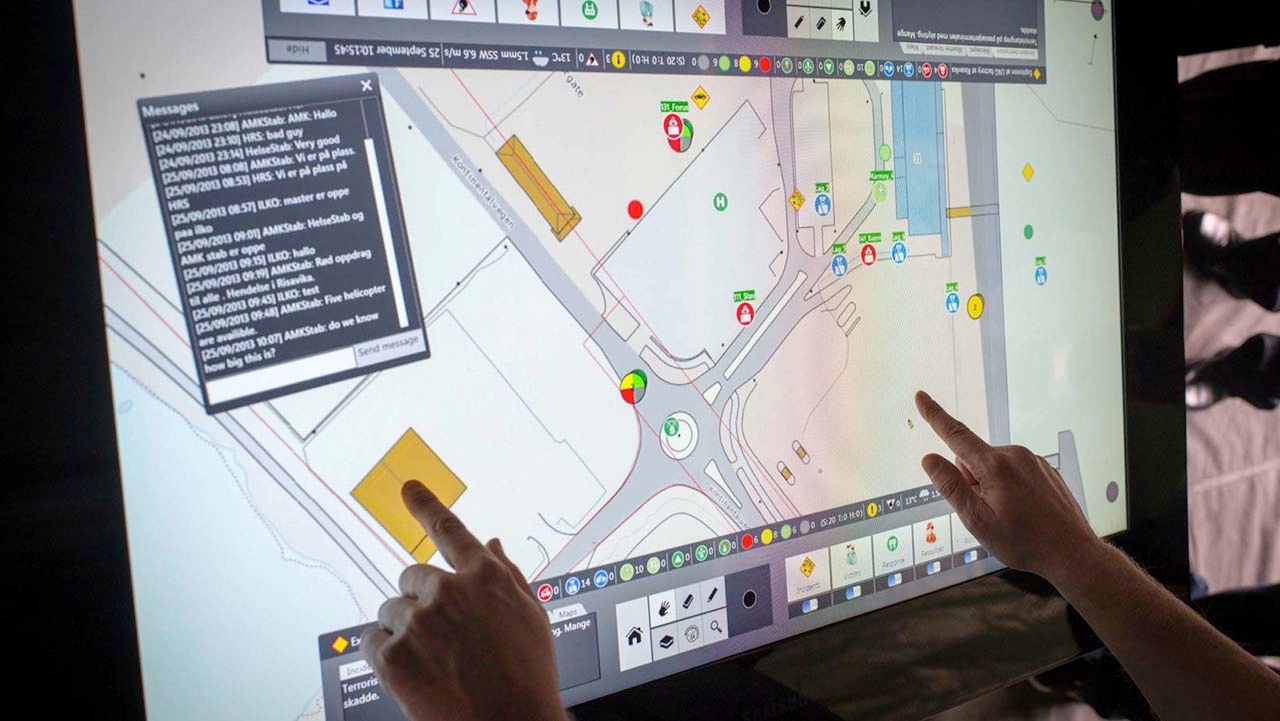Full control in crisis situations

Smart use of sensors and virtual reality saves lives. Photo: Øystein Lie.
Sensors and virtual reality save lives.

Smart use of sensors and virtual reality saves lives. Photo: Øystein Lie.
Sensors and virtual reality save lives.
The ultimate objective of the Bridge project is to make people's lives safer by developing technical and organisational solutions which will improve how crises and emergency situations are handled in the EU.
A Bridge platform will provide technical support to allow communication between several parties in major emergency situations. The key is to ensure interoperability, harmonisation and cooperation between the parties at technical and organisational levels.
Crisis situations tend to be hectic and chaotic, and often involve multiple injuries. Experience shows that it is easy to lose track of what is happening, both during and after an accident.
SINTEF has been working with several agencies, companies and research institutes in the EU Bridge project, to show how new technology can be used to give crisis teams much better control of a situation.
"At the moment, people spend a lot of time phoning each other to coordinate their work. As soon as more than five people have been injured in a crisis situation, it is easy to lose track of what is happening", explains Jan Skjetne of SINTEF ICT.
"This is critical in terms of rescuing survivors. Everything we can do to improve treatment and start it a little earlier will save lives. These days, most communication takes place via people's phones, and a crisis team cannot keep track of individuals", explains Jan H Skjetne.
"It provides early information about the patient who is about to be treated, which means that treatment can also be started more quickly. If there are multiple patients, it also provides a better basis from which to prioritise which patients should be treated first", says Skjetne.
"Training in complex situations requires a lot of resources and is difficult to provide. Research has shown that repetitions have a major effect on the outcome of training, so by using virtual reality, you can train people in more complex situations", explains Skjetne.
Give us a comment - how can we improve?